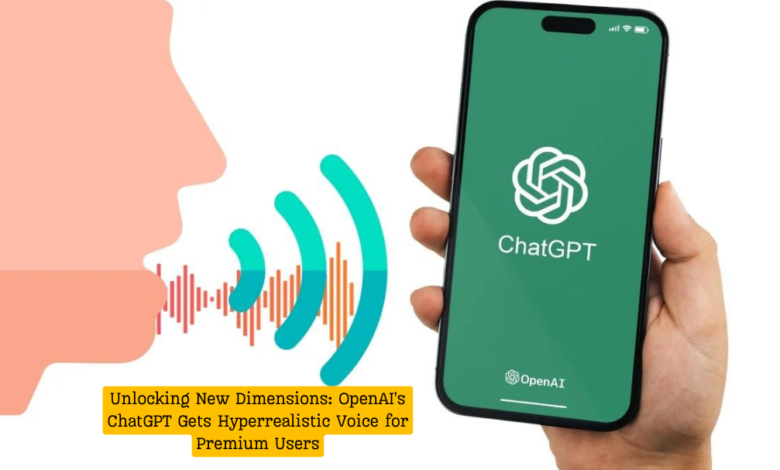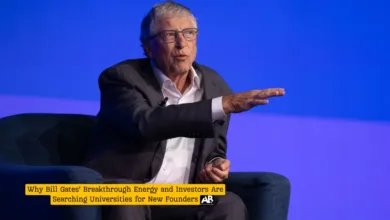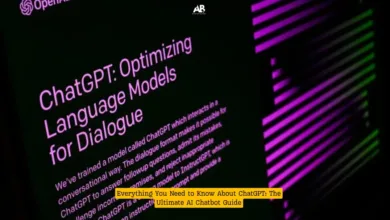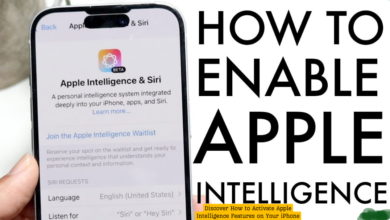Unlocking New Dimensions: OpenAI’s ChatGPT Gets Hyperrealistic Voice for Premium Users
In an unprecedented move, OpenAI has unveiled a revolutionary feature for ChatGPT—hyperrealistic voice capabilities. This cutting-edge technology, available exclusively for premium users, marks a significant leap in AI communication, bridging the gap between human interaction and artificial intelligence.

Introduction to OpenAI’s Hyperrealistic Voice Feature
OpenAI’s latest advancement is not merely an incremental update but a transformative one. The integration of hyperrealistic voice synthesis into ChatGPT is poised to redefine user experience, making interactions with AI more natural and engaging. This feature leverages state-of-the-art machine learning algorithms to produce speech that is indistinguishable from human conversation.
The Technology Behind Hyperrealistic Voices
The core of this innovation lies in the deep learning models that power the voice synthesis. These models have been trained on vast datasets, capturing nuances in human speech such as intonation, emotion, and context. This allows ChatGPT to deliver responses that are not only contextually accurate but also emotionally resonant.
Advanced Neural Networks
At the heart of this technology are advanced neural networks designed to mimic human speech patterns. These networks use a combination of convolutional neural networks (CNNs) and recurrent neural networks (RNNs) to analyze and generate speech in real time. This enables the system to adapt to various conversational tones and styles, providing a personalized interaction experience.
Real-time Processing
One of the standout features of OpenAI’s voice synthesis is its ability to process and generate responses in real-time. This is achieved through highly optimized algorithms that minimize latency, ensuring that conversations with ChatGPT are fluid and uninterrupted.
User Experience: A Quantum Leap
For premium users, the introduction of hyperrealistic voice capabilities means a more immersive and interactive experience. Whether it’s for customer service, personal assistance, or entertainment, the lifelike voice feature enhances the way users engage with ChatGPT.
Applications in Various Industries
- Customer Service: Companies can deploy ChatGPT to handle customer inquiries, providing quick and accurate responses with a human-like touch. This not only improves customer satisfaction but also reduces operational costs.
- Healthcare: In healthcare, ChatGPT can assist in providing medical information and support, offering a comforting and realistic voice that can be particularly beneficial in stressful situations.
- Education: The educational sector can leverage this technology to create interactive learning modules, where ChatGPT can act as a tutor, delivering lessons and answering questions in a natural, conversational manner.
The Competitive Edge
With this groundbreaking feature, OpenAI positions itself at the forefront of the AI industry. The hyperrealistic voice capability sets ChatGPT apart from other virtual assistants and conversational AI tools in the market.
Market Impact
The introduction of this feature is expected to significantly boost OpenAI’s market presence. As businesses and consumers alike seek more natural and efficient ways to interact with technology, ChatGPT’s new voice feature is poised to meet this demand.
Future Prospects
Looking ahead, OpenAI plans to further refine and expand this technology. Future updates may include more languages, dialects, and personalized voice options, ensuring that users from diverse backgrounds can benefit from this innovation.






Hurrah! Finally I got a web site from where I
can really get helpful information regarding my study and knowledge.!